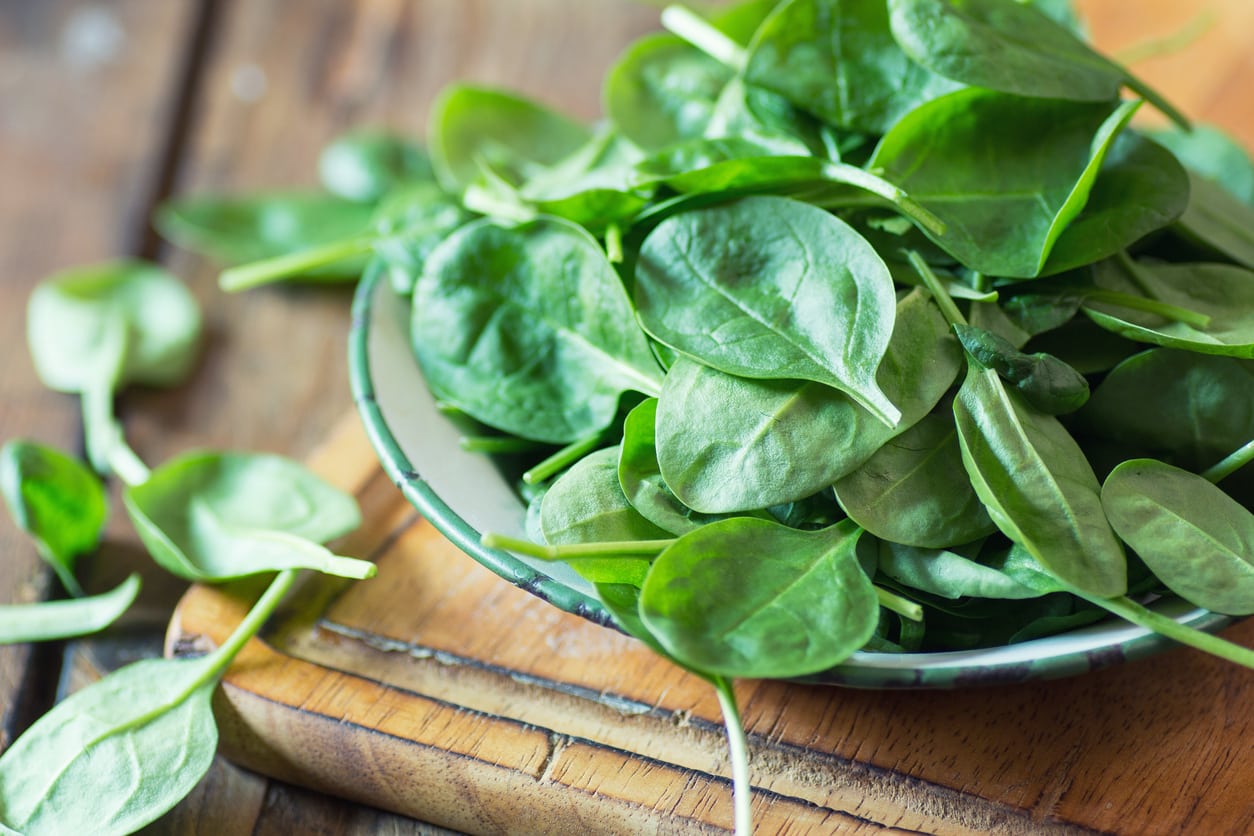Vegetables High In Folic Acid: Tips On Growing Folic Acid Rich Veggies


Folic acid, also known as vitamin b9, is essential for heart and bone health at every stage of life. It is vital for creation of new blood cells and may enhance brain health and prevent age-related hearing loss. Folic acid may even help protect against heart disease and certain types of cancer. If you’re pregnant, folic acid is critical for prenatal wellness and prevention of birth defects. Folic acid helps prevent defects of the spine, including spina bifida, and may reduce the risk of cleft palate. Although more research is needed, studies suggest that a deficit in folic acid may be associated with autism. If you are pregnant, ask your doctor to prescribe a prenatal vitamin, as diet alone may not provide sufficient levels of folic acid. Otherwise, eating plenty of folic acid-rich veggies is the best way to ensure you’re taking in enough of this valuable nutrient.
Vegetables with Folic Acid
Growing vegetables high in folic acid is a great place to start. Dark leafy greens, including spinach, collards, turnip greens, and mustard greens are easy to grow and they’re excellent folic acid-rich veggies. Plant dark leafy greens in early spring as soon as danger of frost has passed and the ground is warm. Don’t wait too long because dark leafy greens tend to bolt as soon as it gets hot. However, you can plant another crop in late summer. Cruciferous vegetables (like broccoli, Brussels sprouts, cabbage, and cauliflower) are delicious veggies for folic acid. Cruciferous vegetables are cool climate crops that do best in areas with mild summers. Plant seeds directly in the garden in early spring, or get going early and start them indoors. Locate cruciferous vegetables in a shady spot if afternoons are hot. Beans of all sorts can be planted outdoors any time after the last frost, but germination is slow if the ground is too cold. You’ll have better luck if the soil has warmed to at least 50 degrees F. (10 C.), but preferably 60 to 80 degrees F. (15- 25 C.). Fresh beans keep about a week in the refrigerator, but dry beans keep for months, or even years.
Gardening tips, videos, info and more delivered right to your inbox!
Sign up for the Gardening Know How newsletter today and receive a free copy of our e-book "How to Grow Delicious Tomatoes".

A Credentialed Garden Writer, Mary H. Dyer was with Gardening Know How in the very beginning, publishing articles as early as 2007.
-
 Never Plant Seedlings Until They Pass These 3 Simple Tests
Never Plant Seedlings Until They Pass These 3 Simple TestsDon't be over-eager to transplant seedlings into the garden before they are ready. These quick and easy checks will help ensure flourishing plants.
By Mary Ellen Ellis
-
 Grow ‘Karl Rosenfield’ Peony Plants For The Ultimate Frilly Border Beauties And Cut Flowers
Grow ‘Karl Rosenfield’ Peony Plants For The Ultimate Frilly Border Beauties And Cut FlowersFor frilly double magenta peony petals infused with a heady fragrance, grow ‘Karl Rosenfield’ peony plants. Here’s how to cultivate the ultimate plushy blooms
By Tonya Barnett
-
 How Many Vegetables To Plant Per Person For A Year
How Many Vegetables To Plant Per Person For A YearGauging how much to plant in a vegetable garden can eliminate waste while still producing enough for your family. Click for more.
By Bonnie L. Grant
-
 13 Perennial Fruits And Vegetables You Only Have To Plant Once
13 Perennial Fruits And Vegetables You Only Have To Plant OnceLooking to set it and forget it? Find out which fruits and vegetables can be grown as perennials.
By Laura Miller
-
 11 Edible Plants For A Year-Round Garden In A Bucket
11 Edible Plants For A Year-Round Garden In A BucketWant to know how to grow food inside your house and which foods do best indoors? Click here to learn all about it.
By Bonnie L. Grant
-
 Frost Tolerance Of Vegetables From Least To Most Hardy
Frost Tolerance Of Vegetables From Least To Most HardyHow cold can vegetables tolerate? Knowing which veggies will survive frosts and freezes is essential for the success of your garden. Click here for more.
By Laura Miller
-
 Best Vegetables To Pickle Straight From The Garden
Best Vegetables To Pickle Straight From The GardenPickles aren’t limited to just cucumbers. Read on for tips on pickling your fresh veggies.
By Amy Grant
-
 Benefits Of Planting In Fall Vs. Spring Vegetable Plots
Benefits Of Planting In Fall Vs. Spring Vegetable PlotsLearn why some vegetables do better if you plant them in fall instead of spring.
By Laura Miller
-
 Interplanting Vegetables In The Fall Garden
Interplanting Vegetables In The Fall GardenLearn all about the benefits of interplanting vegetables for your fall garden.
By Laura Miller
-
 Best Vegetables For Growing In Perlite
Best Vegetables For Growing In PerlitePerlite is a natural growing medium that comes from super-heated volcanic glass. In some cases, it works better than soil. Read on for more info.
By Laura Miller